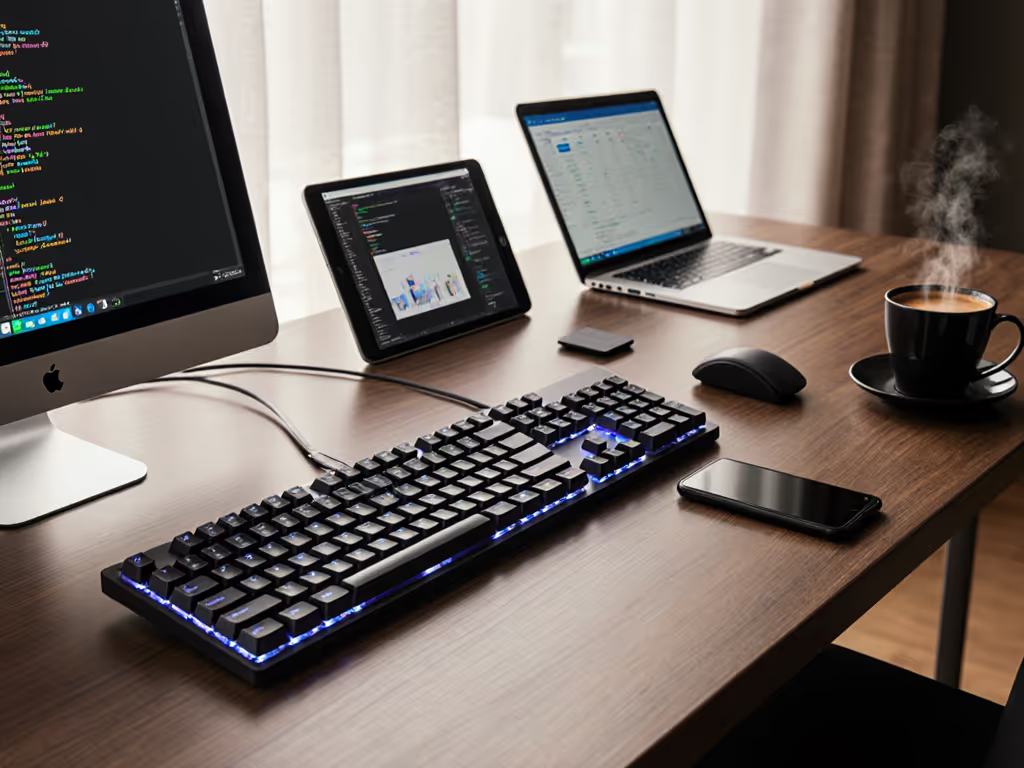
Keyboard Hardware, Layouts & Ergonomics
Physical design and typing feel: switch types, mechanical vs membrane, backlighting choices, keyboard sizes/layouts, and ergonomic principles.
Explore Other Topics

Wireless Tech, Connectivity & Performance18 articles

Best Picks & Buying Guides27 articles

Ecosystem Integration & Software11 articles

Sustainability & Eco-Friendly Design6 articles



